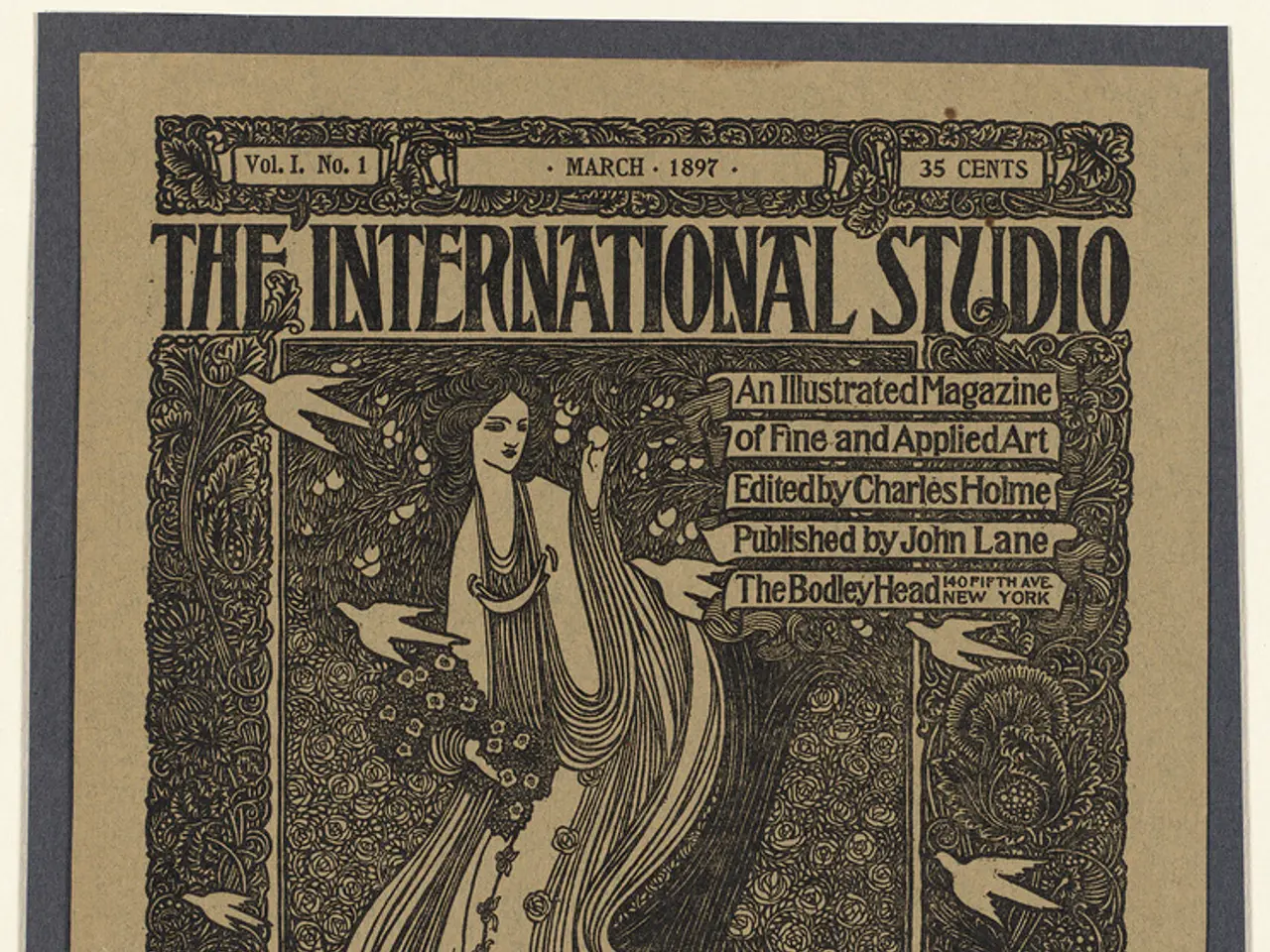Pioneering Wonders in STEM: Ada Lovelace's Spectacular Journey
Ada Lovelace, a mathematician born in England in 1815, is celebrated as a trailblazer in the field of computing. She was the daughter of poet Lord Byron and mathematician Lady Byron, and was brought up by her mother who encouraged her to study maths and science.
At the tender age of 17, Ada met mathematician and engineer Charles Babbage, who was working on a groundbreaking invention: the Analytical Engine. Despite the machine never being completed during Babbage's lifetime, Ada's fascination with the device led her to translate an article about it from French to English and add her own notes.
Her contributions extended far beyond a simple translation. Ada's notes included what is considered the first algorithm intended to be processed by a machine, making her the first computer programmer. This algorithm, designed for the Analytical Engine, demonstrated that the machine could execute a sequence of instructions, thus envisioning general-purpose computing beyond simple calculations.
Ada Lovelace's insights were ahead of her time. She recognized that computers could manipulate symbols, not just numbers, anticipating modern computing's scope. Her work, published in 1843, was not widely recognized until it was found and republished in 1953.
Ada Lovelace's legacy continues to inspire. Her work is honoured through Ada Lovelace Day, an annual event held on the second Tuesday of October to celebrate women in the fields of science, technology, engineering, and mathematics (STEM). The day serves as a reminder of Ada's pioneering spirit and her influence on future generations, including Alan Turing, a key figure in modern computing.
Ada Lovelace's impact on computing is foundational. She conceptualized programmable computing, created the first computer algorithm, and laid intellectual groundwork that inspired the evolution of computer science. Her work is still relevant today, and activities such as "coding with Scratch" and using a Makey Makey to create interactive projects, are inspired by her pioneering spirit.
Ada Lovelace's life was tragically cut short when she died from cancer in 1852 at the age of 36. However, her legacy lives on, inspiring women and men alike in the STEM fields. Other inspirational women in STEM include Amelia Earhart, Rosalind Franklin, Marie Curie, Mary Anning, and Marie M. Daly, whose groundbreaking research has shaped the world we live in today.
[1] Hodges, A.M. (1991). Ada, the Enchantress of Numbers. Perseus Books. [2] Campbell-Kelly, M. (2004). Ada's Algorithm: How Lord Byron's Daughter Ada Lovelace Launched the Digital Age. W. W. Norton & Company.
Last updated on June 6, 2025 by Emma Vanstone.







